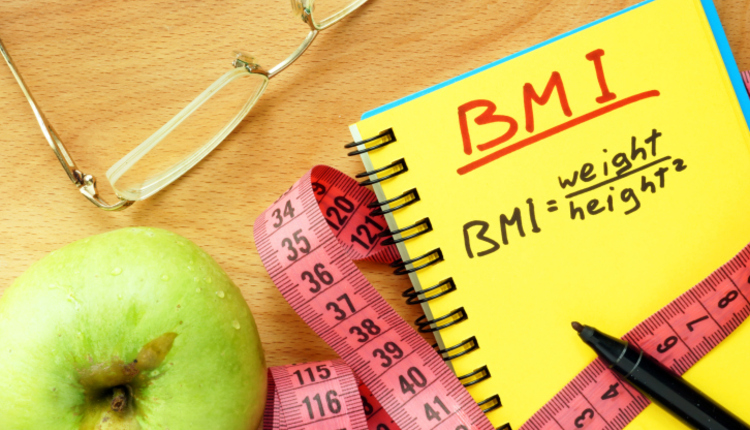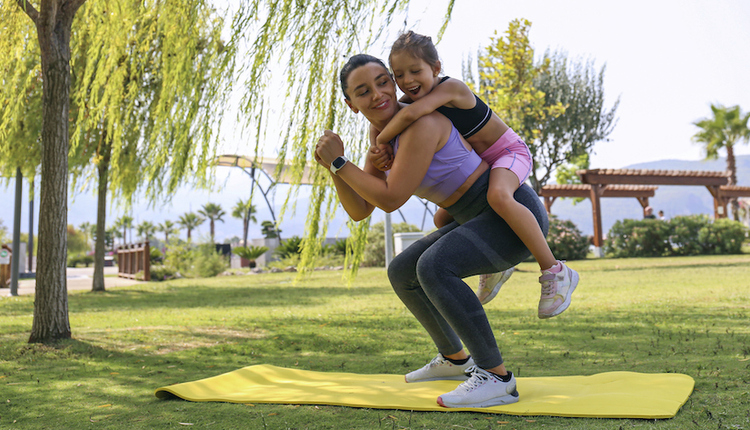In this column, I wanted to share something applicable for both stroke survivors and those struggling with Parkinson's. Keep in mind while we typically associate both conditions with older clients, trainers may deal with younger clients afflicted with these conditions.
Most stroke recovery clients will suffer from significant motor control and muscular function loss on primarily one side of the body. For many Parkinson's patients to a lesser extent this is also the case that one side of the body can be far more impacted. Often times exercise programs are too general or too broad; especially early on these clients need to regain what I like to call simple task movements.
Some simple task movements to focus on for the lower body:
Gait pattern movements
Stepping over objects (they can be imaginary or real objects)
Stepping around objects
Marching (High knees, straight leg, wide stance)
Sideways walking
Wide stance walking or straddle
Many of these movements may require a stationary position to start, or walking along a wall. Always use safety first with extra caution on spotting -- having a client fall won't lead to their placing more confidence in you. Be sure to cue foot movement: ex. "Pick up your foot, step over, step up, step around, pick that knee up high."
Simple task movements for the upper body
Often skills like reaching and grasping can be lost and are essential to regain for the upper body.
Exercise bands are great for rows, tug of war, and chest pressing. Bands allow for much more movement and the ability to push and pull on a client.
Reaching exercises: Client has to reach and take a ball or object from your hand, and then reach and give it back. Force them to use each hand individually and at times hands together. Make sure they reach in all directions.
Play catch: This task requires quickness, coordination and motor control. Use various size foam (nerf) balls. Light medicine balls 2-4 pounds can be used to play bounce pass, as well. Some clients will struggle more when you ask them to use hands together, some when you ask them to use hands independently, be sure to perform both.
These exercises can and should be done in coordination with other traditional forms of strength training and even cardiovascular conditioning. But these clients need specific simple task movements that will quickly translate into necessary activities of daily living.
Dan Ritchie, PhD, CSCS, ACSM-HFS, received his doctorate in Health and Kinesiology from Purdue University with a minor in Gerontology. His primary area of expertise has been in training adaptations for older clients, especially focusing on balance and mobility issues. He has worked with a wide range of special populations and chronic conditions. His two personal training facilities primarily cater and focus on baby boomers and seniors. To simply assess balance and mobility for older clients you can check out his website (www.danmritchie.com) for a quick and easy assessment tool complete with a home exercise program. Or, for more information, visit his business page (www.boomingptprofits.com).
Related to:
Aug. 23 2012
















